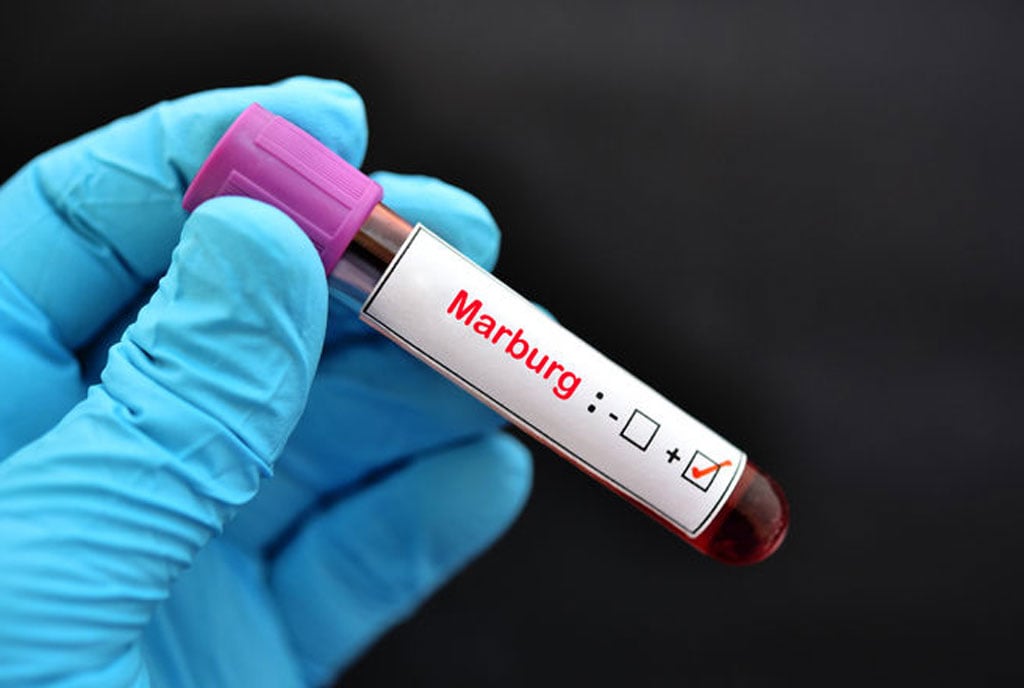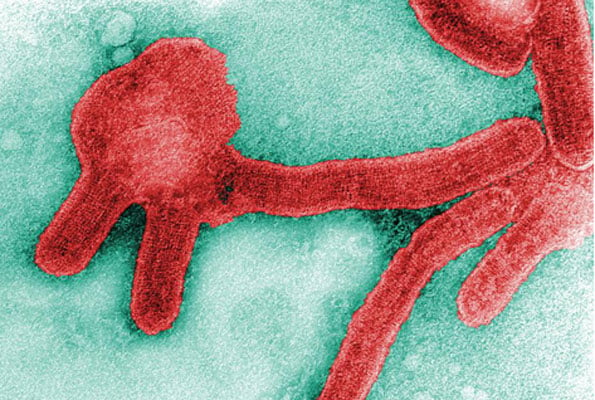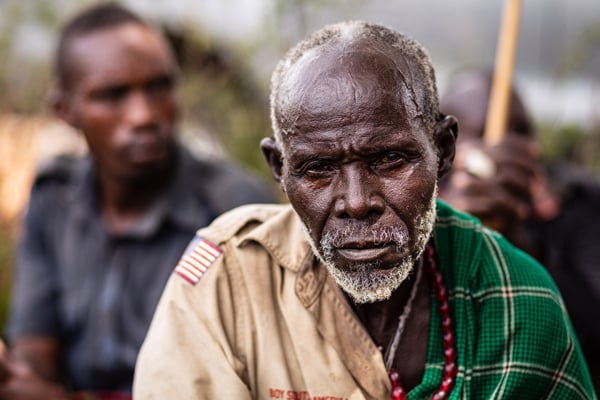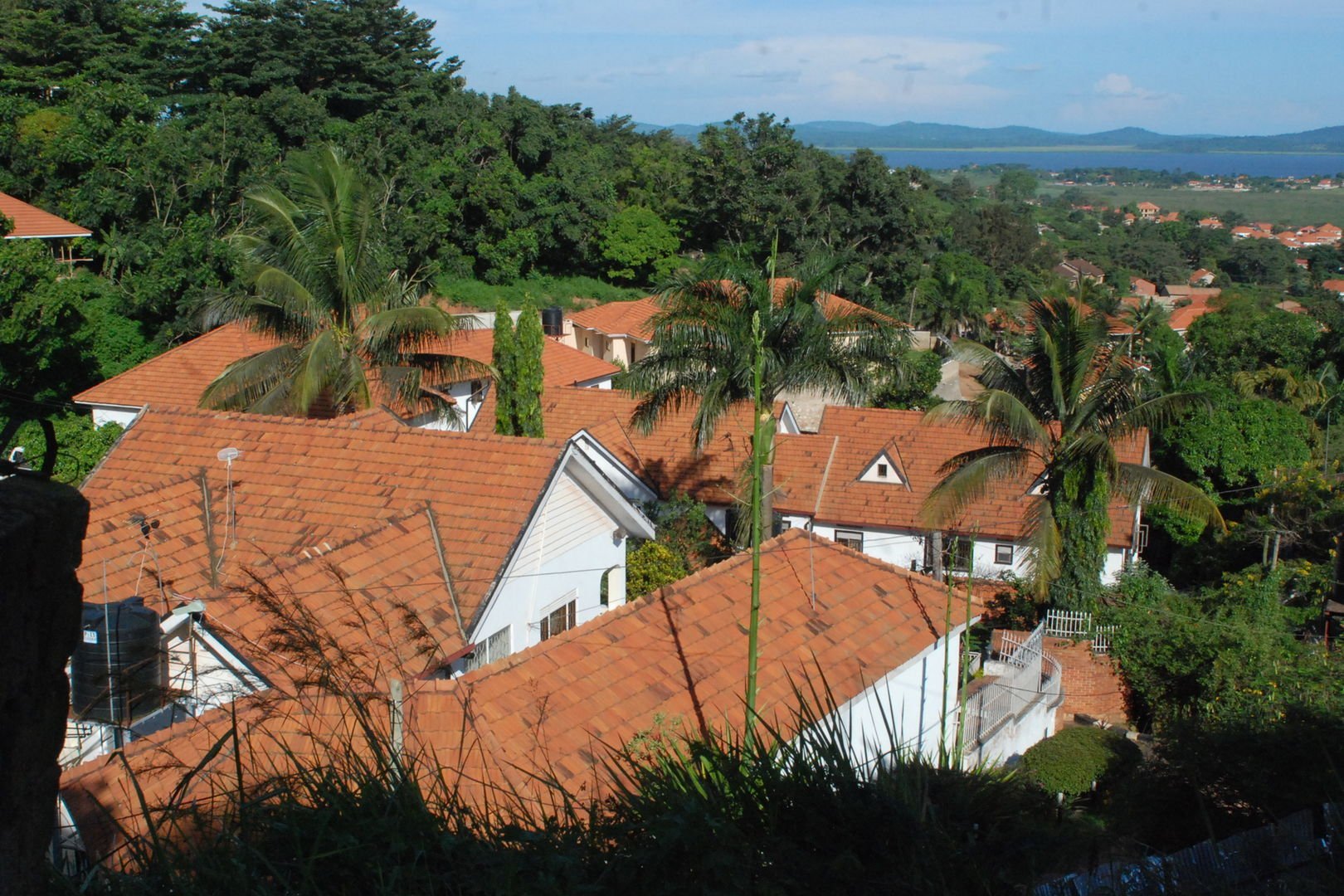Uganda on high alert after Marburg kills 8 in neighbouring Rwanda

World Health Organisation officials examine the home of a suspected Marburg virus victim in the northern Angolan town of Uige, on April 19, 2005. PHOTO/REUTER
What you need to know:
- The country borders Uganda in the South Western part with frequent movement of people between the two countries, indicating a risk of spread of the disease
The Ministry of Health’s department of epidemics monitoring and response has said the country is on high alert to prevent the cross-border spread of Marburg virus disease (MVD) following the outbreak in Rwanda.
At least eight virus deaths and 26 cases of Marburg virus infections have been reported by the Health Authorities of Rwanda. The country borders Uganda in the South Western part with frequent movement of people between the two countries, indicating a risk of spread of a disease, which can kill between 24-88 percent of those infected.
Dr Allan Muruta, the Commissioner of Integrated Epidemiology Surveillance and Public Health Emergencies in Uganda's Health ministry, yesterday told this publication that they are strengthening their systems to prevent cross-border spread.
“We have put up a checklist to see which aspects we should strengthen as a country for readiness to prevent and detect the Marburg [virus] in the neighbouring country,” he said.
Dr Muruta added: “The checklist ranges from coordination, surveillance, risk communication, and risk management to ensure we are ready and ensure we sensitise people on how Marburg looks like, and how to detect, isolate and handle.”
He also expressed confidence that the country can prevent cross-border spread.
“We successfully prevented the one (Marburg virus disease outbreak) in Tanzania one year ago from coming to Uganda, we hope even this one we will manage,” Dr Muruta said.
According to details from the World Health Organisation (WHO), on March 21, 2023, Tanzania’s Ministry of Health of Tanzania officially declared the first MVD outbreak in the country and eight laboratory-confirmed cases were reported. Tanzania managed to contain the outbreak with its end declared on July 23, 2023.
However, Uganda has also had an outbreak of MVD in the past. Information from the WHO indicates that on October 17, 2017, the Ugandan Ministry of Health notified WHO of a confirmed outbreak of MVD in Kween District, Eastern Uganda. The Health ministry officially declared the outbreak on October 19, 2017, and by October 24, 2017, five cases had been reported, but the country contained the outbreak.
MVD, according to scientists, begins abruptly, with high fever, severe headache and severe body weakness. Many patients develop severe haemorrhagic (bleeding) symptoms within seven days. The virus is transmitted to people from fruit bats and spreads from one infected person to another. Marburg can spread through human-to-human transmission via direct contact (through broken skin or mucous membranes) with the blood, secretions, organs or other bodily fluids of infected people, and with surfaces and materials (such as bedding, clothing) contaminated with these fluids, according to the WHO.
The WHO said two days ago they had joined Rwandan health authorities to intensify outbreak control efforts following the detection of Marburg virus disease, with 26 cases confirmed and six deaths reported. The global health agency said in support of the ongoing efforts by Rwandan authorities to contain the outbreak, the outbreak response tools, including emergency medical supplies, were being rolled out to curb the virus.
The agency also said that a consignment of clinical care and infection prevention and control supplies is being readied and will be delivered to Kigali in the coming days from WHO’s Emergency Response Hub in Nairobi, Kenya.




